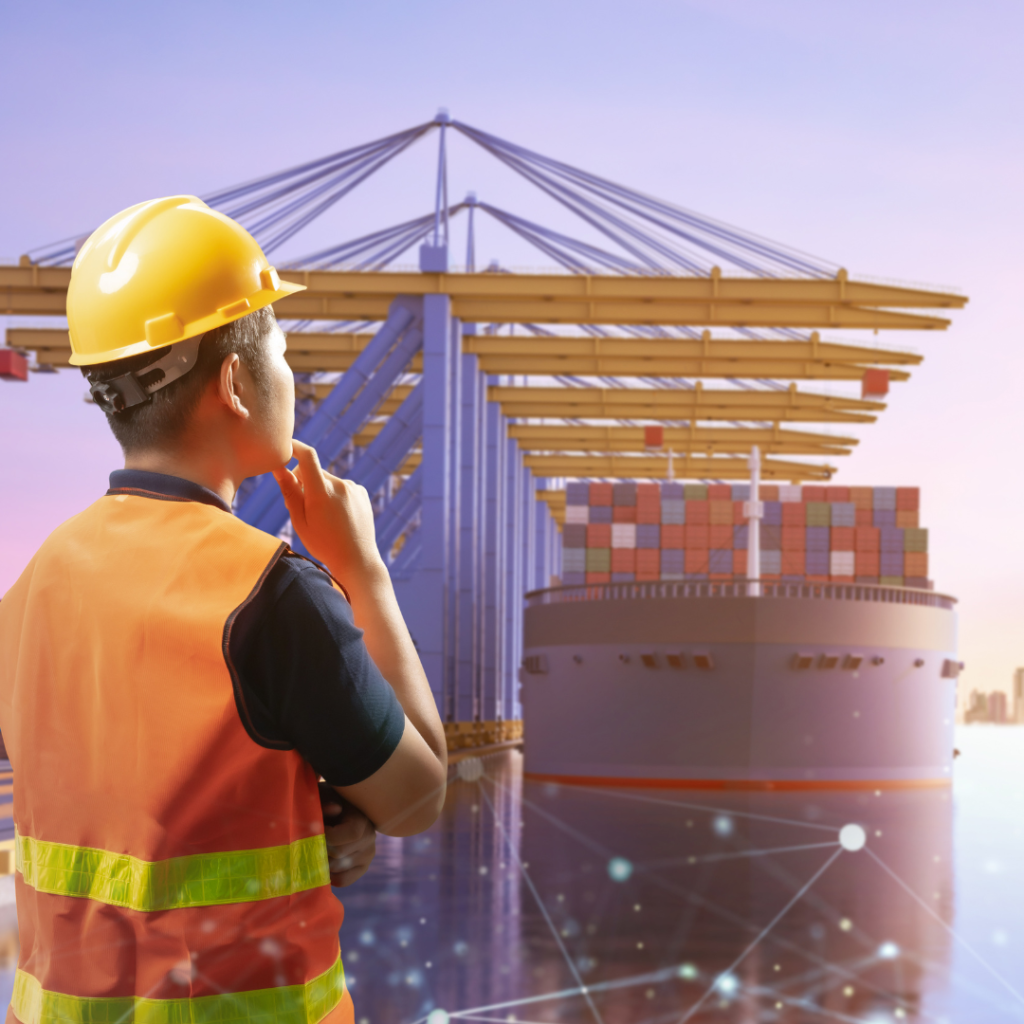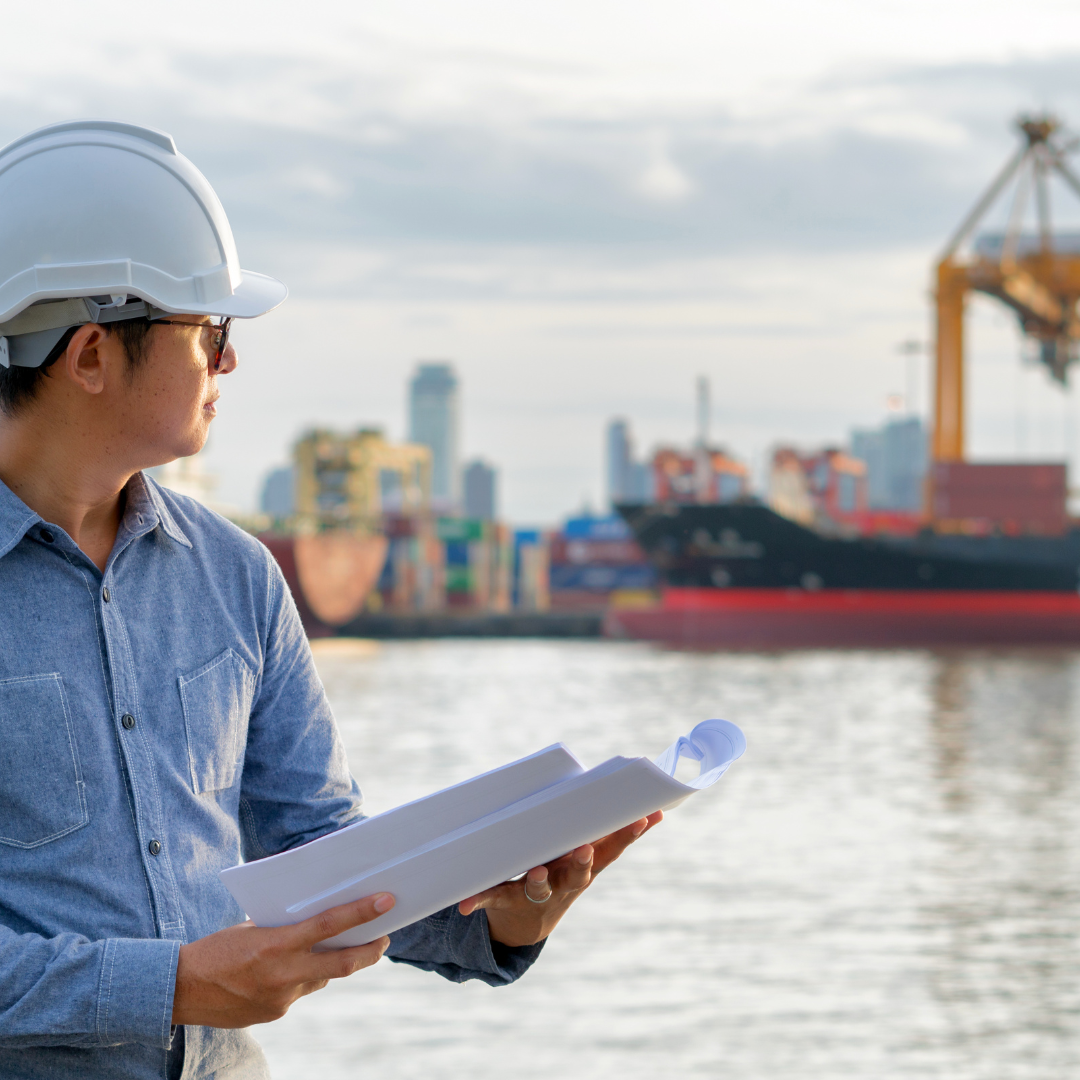

Who Guards the Guards Onboard Merchant Vessels?
By: Rogelio Arcega Jr. M.M.
The system of checks and balances onboard merchant vessels is a crucial framework that ensures the smooth and safe operation of the vessels. It involves multiple layers of oversight, accountability, and procedures to minimize risks, maintain compliance, and promote efficiency.

One of the primary purposes of the checks and balances system onboard merchant vessels is to establish a clear chain of command. The chain of command delineates the hierarchy of authority, with the captain at the top responsible for the overall management and safety of the vessel. The officers, including the chief officer, second officer, and third officer, work closely with the captain to monitor and supervise the crew members under their command.
The officers play a vital role in implementing and maintaining checks and balances. They oversee the performance of the crew members, ensuring that they adhere to established protocols, safety regulations, and operational procedures. The officers conduct regular inspections, spot checks, and drills to verify compliance, identify potential issues, and address them promptly.
In addition to the officers, each department onboard the vessel has its own checks and balances system. For example, the engineering department, led by the chief engineer, is responsible for the maintenance and operations of the vessel’s machinery and systems. The chief engineer ensures that the engineering team follows proper procedures, conducts routine maintenance, and promptly addresses any technical issues that may arise.
The safety officer oversees safety practices, conducts inspections, and ensures compliance with safety regulations. They work closely with officers and crew members to identify potential hazards, implement preventive measures, and maintain a culture of safety onboard.
Furthermore, the checks and balances system are reinforced by the vessel’s Safety Management System (SMS). This system outlines the vessel’s safety policies, procedures, and responsibilities. It includes regular training sessions to enhance the crew’s knowledge and skills, ensuring they are well-prepared to handle emergencies and maintain a safe working environment. The safety management system also includes reporting mechanisms for crew members to document incidents, near-misses, or safety concerns, allowing for continuous improvement and risk assessment.

External checks and balances also play a significant role in ensuring vessel safety. Regulatory bodies, classification societies, and port state control authorities conduct inspections and audits to ensure compliance with international regulations and standards. These external entities provide an additional layer of oversight and accountability, promoting adherence to best practices and industry standards.
RAJ
Make your life worthwhile, and to the world before you. BE RELEVANT!
Quick Links
©2023. All Rights Reserved
